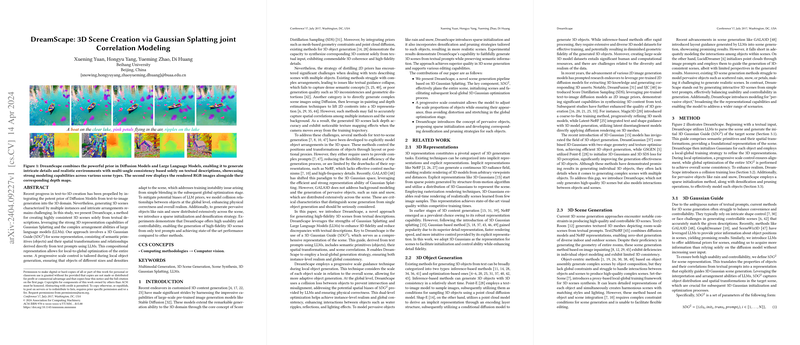Evaluating the Scalability of LLMs in Natural Language Processing Tasks
Introduction
LLMs have emerged as a cornerstone in the development of advanced NLP applications. These models, characterized by their vast number of parameters, have shown remarkable performance across a range of language tasks. This paper aims to dissect the scalability of LLMs by examining their performance on diverse NLP benchmarks, shedding light on the diminishing returns in performance with increased model size, and discussing the implications of these findings for future LLM development.
Performance Analysis
The authors conduct a comprehensive performance analysis of several LLMs, comparing their abilities across multiple NLP tasks, including machine translation, summarization, and question-answering. Key findings from this section include:
- Performance Plateaus: Evidence of performance plateaus is observed as the size of the models increases. While smaller increments in model size yield significant improvements, these gains diminish as models become larger.
- Task-Specific Sensitivity: The sensitivity to model size varies significantly across different tasks. Some tasks, like machine translation, exhibit more substantial gains from increased model size compared to tasks like summarization.
Model Efficiency and Cost
An in-depth examination of the efficiency and cost-effectiveness of scaling LLMs is provided. The paper highlights several key points:
- Increasing Computational Costs: The exponential increase in computational resources needed for training larger models is underscored. The authors provide a detailed analysis of the cost-benefit ratio, suggesting that the marginal gains in performance may not justify the steep increase in computational costs for very large models.
- Efficiency Improvements: Strategies for improving the efficiency of LLMs are discussed, including model pruning, quantization, and knowledge distillation. These methods show promise in reducing the resource requirements without significantly compromising performance.
Theoretical Implications
The theoretical underpinnings of why performance gains diminish with larger model sizes are explored. The paper posits several hypotheses, including:
- Overparameterization: The diminishing returns could be attributed to the overparameterization of LLMs, where additional parameters do not necessarily contribute to learning more complex representations.
- Data Limitations: The lack of sufficiently large and diverse training datasets is suggested as another limiting factor. As models grow, they may outpace the available data, leading to overfitting.
Future Directions
The authors speculate on several future directions for the research and development of LLMs:
- Exploration of Alternative Architectures: The potential for alternative neural network architectures that could offer better scalability and efficiency is highlighted.
- Enhanced Data Collection and Curation: The importance of developing larger and more diverse datasets to support the training of LLMs is emphasized.
- Focus on Task-Specific Models: Given the varying sensitivity of different tasks to model size, developing models tailored to specific tasks could be a more cost-effective approach.
Conclusion
This paper presents a meticulous analysis of the scalability of LLMs in NLP tasks. Despite the impressive capabilities of these models, the findings indicate a point of diminishing returns in performance with increased size, coupled with rising computational costs. These insights underscore the need for more efficient model architectures and training strategies. As the field of NLP continues to evolve, these findings will play a crucial role in guiding the future development and application of LLMs, ensuring that advancements are not only technically feasible but also economically viable.
